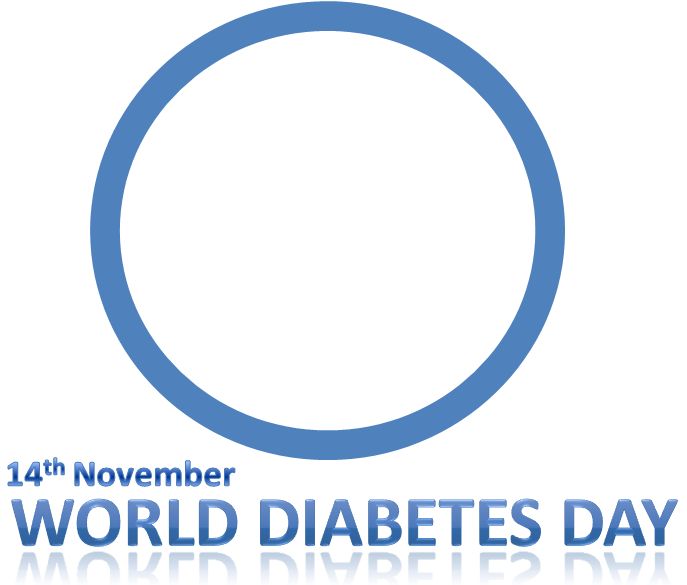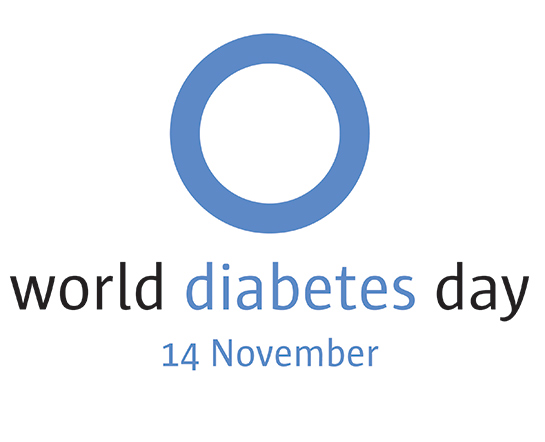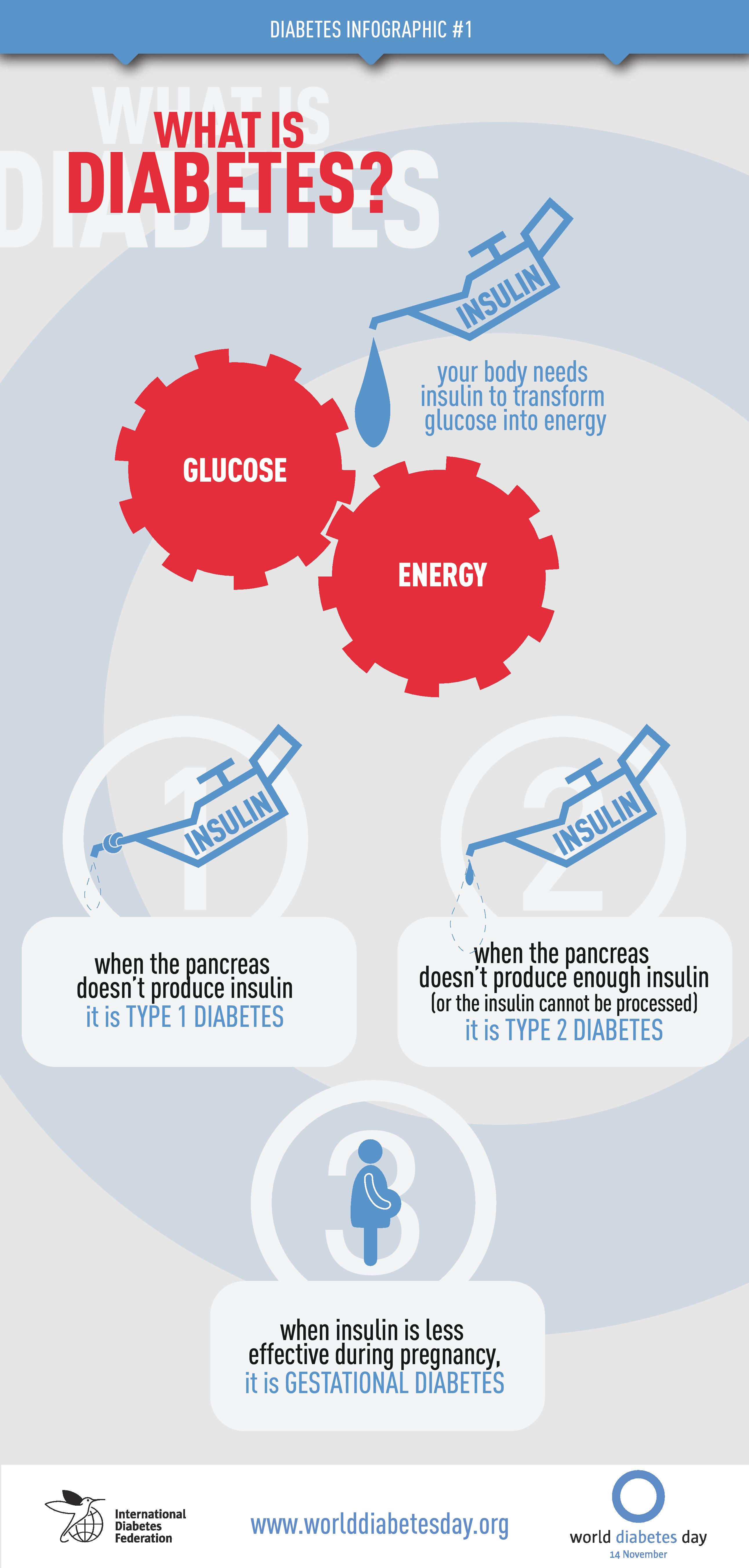
The total number of adults living with either type 1 or type 2 diabetes in the world has surpassed 800 million – over four times the total number in 1990, according to findings from a global analysis published ahead of World Diabetes Day in The Lancet. Additionally, 445 million adults aged 30 years and older with diabetes (59%) did not receive treatment in 2022, three and a half times the number in 1990.
Of the 828 million adults with diabetes in 2022, over a quarter (212 million) lived in India, with another 148 million in China. The USA (42 million), Pakistan (36 million), Indonesia (25 million), and Brazil (22 million) followed.
The study was unable to separate type 1 and type 2 diabetes in adults. However, previous evidence suggests that the vast majority of cases of diabetes in adults are type 2.
Senior author Professor Majid Ezzati, of Imperial College London, said: “Our study highlights widening global inequalities in diabetes, with treatment rates stagnating in many low- and middle-income countries where numbers of adults with diabetes are drastically increasing. This is especially concerning as people with diabetes tend to be younger in low-income countries and, in the absence of effective treatment, are at risk of life-long complications – including amputation, heart disease, kidney damage or vision loss – or in some cases, premature death.”
A global study with global data
The new study, conducted by the NCD Risk Factor Collaboration (NCD-RisC), in collaboration with the World Health Organization (WHO), is the first global analysis of trends in both diabetes rates and treatment which includes all countries. Researchers used data from over 140 million people aged 18 years or older from more than 1,000 studies in populations of different countries.
The authors used statistical tools to bring all the data across different years, ages and countries together, and estimate diabetes rates and treatment in a way that enables comparisons across countries. [1]
Diabetes was defined as having a fasting plasma glucose (FPG) of 7.0 mmol/L or higher, having a glycated haemoglobin (HbA1c) of 6.5% or higher (two commonly used diagnostic criteria options for diabetes according to modern guidelines) or taking medication for diabetes. Treatment was defined as taking medication for diabetes. [2]
Most previous studies looking at diabetes rates relied on high FPG as a single measure of diabetes and did not account for people who have high HbA1c, leading to likely underestimates of rates especially in south Asia, where using FPG alone misses more cases of diabetes than in other regions.
Global rates of diabetes doubled over the last three decades
From 1990 to 2022, global diabetes rates doubled in both men (6.8% in 1990 to 14.3% in 2022) and women (6.9% to 13.9%). With the additional impact of population growth and ageing, this equates to an estimated 828 million adults with diabetes in 2022, an increase of approximately 630 million people from 1990, when roughly 198 million adults were estimated to have the disease.
The changes in diabetes rate from 1990 to 2022 varied drastically across different countries with mostly LMICs experiencing the largest increases (eg. the diabetes rate amongst women in Pakistan rose from 9.0% in 1990 to 30.9% in 2022, the largest increase across all countries). Whilst some higher-income countries, such as Japan, Canada and some countries in western Europe (eg. France, Spain and Denmark), saw no change or even a small decrease in diabetes rate over the last three decades.
Substantial global variations in diabetes rates in 2022
The countries with the lowest rates of diabetes in 2022 were in western Europe and east Africa for both sexes, and in Japan and Canada for women. For example, diabetes rates in 2022 were as low as 2-4% for women in France, Denmark, Spain, Switzerland, and Sweden, and 3-5% for men in Denmark, France, Uganda, Kenya, Malawi, Spain, and Rwanda.
By contrast, countries with the highest rates, where 25% or more of the population had diabetes for both men and women, were the Pacific island nations and those located in the Caribbean and the Middle East and north Africa, as well as Pakistan and Malaysia. Among high-income industrialised nations, diabetes rates in 2022 were highest in the USA (11.4% amongst in women and 13.6% in men).
An important driver of the rise in type 2 diabetes rates, and its variation across countries, is obesity and poor diets. Diabetes rate was either already high or increased more in some of the regions where obesity was or became prevalent between 1990 to 2022, compared to many high-income countries, especially those in the Pacific and western Europe, where, in general, obesity and diabetes rates did not rise or rose by a relatively small amount.
“Given the disabling and potentially fatal consequences of diabetes, preventing diabetes through healthy diet and exercise is essential for better health throughout the world. Our findings highlight the need to see more ambitious policies, especially in lower-income regions of the world, that restrict unhealthy foods, make healthy foods affordable and improve opportunities to exercise through measures such as subsidies for healthy foods and free healthy school meals as well as promoting safe places for walking and exercising including free entrance to public parks and fitness centres,” said Dr Ranjit Mohan Anjana, Madras Diabetes Research Foundation, India.
Widening global inequalities in diabetes treatment
Three out of five (59%) of adults aged 30 years and older with diabetes, a total of 445 million, were not receiving medication for diabetes in 2022, three and half times the number in 1990 (129 million).
Since 1990, some countries, including many in central and western Europe, Latin America and East Asia and the Pacific, as well as Canada and South Korea have seen vast improvements in treatment rates for diabetes resulting in more than 55% of people with diabetes in these countries receiving treatment in 2022. The highest treatment rates were estimated in Belgium, at 86% for women and 77% for men.
However, for many LMICs diabetes treatment coverage has stayed low and changed little over the previous three decades, with over 90% of people with diabetes not receiving treatment in some countries in both 1990 and 2022.
As a result of these trends, the gap between the countries with the highest and lowest treatment coverage for diabetes has widened since 1990 to 2022; from 56 to 78 percentage points in women and from 43 to 71 percentage points in men.
“Our findings suggest there is an increasing share of people with diabetes, especially with untreated diabetes, living in low- and middle-income countries. In 2022, only 5-10% of adults with diabetes in some sub-Saharan Africa countries received treatment for diabetes, leaving a huge number at risk of the serious health complications.” said Professor Jean Claude Mbanya, University of Yaoundé 1, Cameroon.
He continues, “Most people with untreated diabetes will not have received a diagnosis, therefore increasing detection of diabetes must be an urgent priority in countries with low levels of treatment. Better diagnosis of diabetes requires innovations such as workplace and community screening programmes, extended or flexible healthcare hours to enable people to visit outside of standard working hours, integration with screening and care for diseases like HIV/AIDS and TB which have well-established programmes, and the use of trusted community healthcare providers.”
In 2022, almost one third (133 million, 30%) of the 445 million adults aged 30 years or older with untreated diabetes lived in India, more than 50% greater than the next largest number which was in China (78 million) because treatment coverage was higher in China (45% for women and 41% for men) than in India (28% for women and 29% for men). Similarly, Pakistan (24 million) and Indonesia (18 million), the next two countries with the largest number of untreated diabetes, surpassed the USA (13 million), which had higher treatment coverage (65% for women and 67% for men).
The authors acknowledge some limitations to their study including that most survey data did not separate type 1 and type 2 diabetes in adults. Additionally, some countries where estimates were provided on diabetes rates and treatment had very little, or in some cases, no data and their estimates were informed to a stronger degree by data from other countries. The study included two measures for diabetes: FPG and HbA1c. In studies that did not measure HbA1c, the prevalence of elevated HbA1c was predicted based on the relationship between HbA1c, FPG and other predictors in studies that had measured both, which increased the uncertainty of the study estimates.



